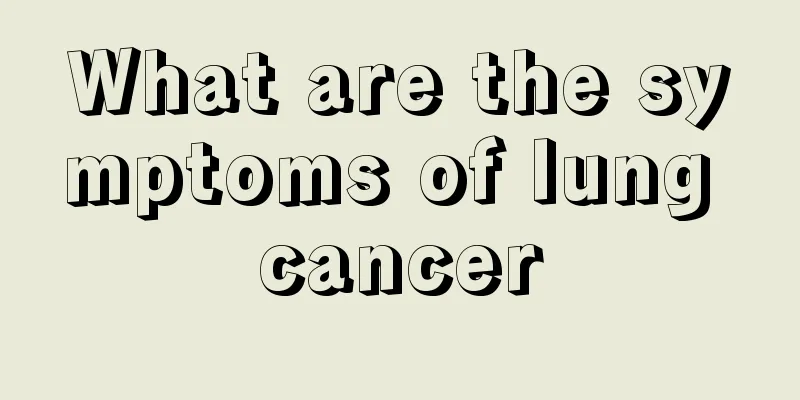What kind of tea is good for hepatitis C?

|
Hepatitis C is a common physical disease. It can easily cause some liver diseases and complications, which have a great impact on the health of the body. Tea is a common drink in daily life. Different teas can have different effects on the human body. People with hepatitis C can drink some tea appropriately, such as green tea or Pu'er tea. What kind of tea is good for hepatitis C? Tea contains protein, fat, more than ten kinds of vitamins, as well as theanine, tea polyphenols, caffeine and lipopolysaccharide. The tea alkaloids it contains can increase coronary blood flow and have a cardiotonic and diuretic effect. Long-term tea drinking can boost spirits, enhance thinking ability, eliminate fatigue, prevent tooth decay, sober up and detoxify, protect hematopoietic function, maintain blood acid-base balance, prevent heatstroke and reduce temperature, etc. From the above effects of tea, it can be seen that drinking tea has certain effects on hepatitis C patients. Patients with hepatitis C should drink grape flowers, wolfberry and red dates tea, green tea, Pu'er tea, honeysuckle tea, and Eucommia tea. Green tea contains the richest tea polyphenols, which are substances that protect the liver, fight cancer and anti-aging. In particular, (+)-c catechin in tea polyphenols is an important substance for protecting the liver and treating liver disease. However, for patients with chronic hepatitis C, it is not suitable to drink too strong tea, nor should they drink too much tea. A moderate amount is enough. Although drinking tea is beneficial to the physical and mental health of hepatitis C patients, they should pay attention to drinking tea at the right time and in the right amount. It is advisable to stop drinking tea one hour before meals to avoid diluting stomach acid; do not drink tea before bedtime or on an empty stomach; the tea should not be too strong; the total amount of tea per day should not exceed 1000-1500 ml; young children should not drink tea; avoid drinking tea while taking supplements or tonics, and do not take medicine with tea. Causes Hepatitis C virus infection is the root cause of the disease. Under the influence of external factors, such as drinking, fatigue, and long-term use of hepatotoxic drugs, the disease can be promoted. The pathological changes of hepatitis C are very similar to those of hepatitis B, mainly characterized by hepatocyte necrosis and lymphocyte infiltration. Chronic hepatitis may cause hyperplasia of fibrous tissue in the portal area, and in severe cases, pseudolobules may form, leading to cirrhosis. The pathogenesis of HCV infection mainly includes immune mediation and direct HCV damage. Viral factors include viral genotype, replication ability, immunogenicity of viral polypeptides, etc.; host factors include the human body's innate immune response, humoral immunity and cellular immune response. Factors such as drinking and the use of immunosuppressants also affect the course of HCV infection. HCV transmission routes: Kissing, hugging, sneezing, coughing, food, drinking, sharing of tableware and cups, contact without skin breaks and other contact without blood exposure generally do not transmit HCV. HCV is mainly transmitted through the following routes: 1. Blood transmission (1) Transmission through blood transfusion and blood products: Due to the window period of anti-HCV, the unstable quality of anti-HCV detection reagents, and the fact that a small number of infected people do not produce anti-HCV, it is impossible to completely screen out HCV-positive people. Large-scale blood transfusion and hemodialysis may still cause HCV infection. (2) Transmission through broken skin and mucous membranes. This is currently the main mode of transmission. In some areas, HCV transmission due to intravenous drug use accounts for 60% to 90%. The use of non-disposable syringes and needles, dental instruments that have not been strictly sterilized, endoscopes, invasive procedures and acupuncture are also important routes of percutaneous transmission. Some traditional medical methods that may cause skin damage and blood exposure are also associated with HCV transmission; sharing razors, toothbrushes, tattoos and ear piercings are also potential ways for HCV to be transmitted through blood. 2. Sexual transmission. 3. Mother-to-child transmission The risk of anti-HCV positive mothers transmitting HCV to their newborns is 2%. If the mother is HCV RNA positive during delivery, the risk of transmission can be as high as 4% to 7%. When combined with HIV infection, the risk of transmission increases to 20%. High HCV viral load may increase the risk of transmission. 4. Other ways It occurs in 15% to 30% of sporadic hepatitis C, and its route of transmission is unknown. |
<<: Tea tree essential oil treats onychomycosis
>>: Is drinking tea good for the liver?
Recommend
Can ovaries be preserved after cervical cancer surgery? What are the postoperative nursing methods for cervical cancer
Cervical cancer metastasis is very rare, directly...
How to treat early stage nasopharyngeal cancer
Early nasopharyngeal carcinoma clinical recommend...
Will psoriasis patients get infected if they wash their hair?
Although some people in life are infected with ps...
What are the causes of gastric cancer?
Gastric cancer is approaching young people under ...
Can esophageal cancer be cured if it recurs one year after surgery?
Esophageal cancer is not only a very difficult di...
Can colon cancer patients be contagious?
Is colon cancer contagious? Do you know that colo...
Is head MRI harmful to the human body?
With the development of science and technology, m...
There is a raised hard lump on my hand
There is a raised hard lump on the hand. This phe...
What are the clinical symptoms of lung cancer patients? These symptoms indicate the occurrence of lung cancer
With the development of society, lung cancer has ...
Chest tightness when lying down before going to bed
Many young people like to sleep, because they are...
Can plums and beef be eaten together
Beef is rich in protein and is very helpful for c...
How to prevent conjunctivitis? Here are some tips to prevent conjunctivitis
Conjunctivitis is a seasonal infectious disease. ...
Chinese medicine health food therapy that can be used by patients with gastric cancer
Gastric cancer patients, whether before or after ...
What is the best way to treat left ovarian teratoma?
The treatment of left ovarian teratoma mainly dep...
Columnar epithelium outward migration 2nd degree inflammation infection
Inflammation is a common disease in life. It can ...









